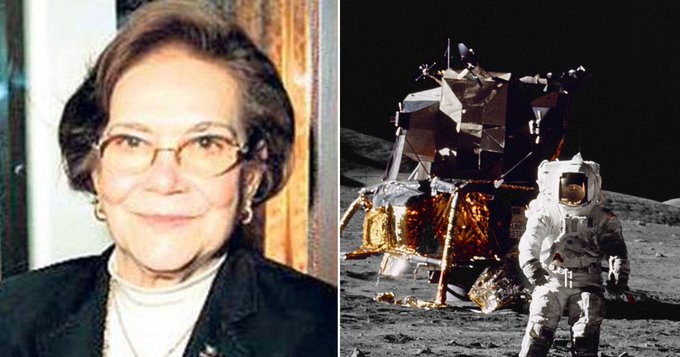Google celebrates late astrophysics professor Dilhan Eryurt who in 1971 contributed to NASA’s successful lunar landing on the moon. Google’s homepage features art of Dilhan Eryurt along with a space themed star-shaped Google logo. According to Google, Dilhan Eryurt “impressed NASA brass” with his “masterful command of classical mathematics.” How did Dilhan Eryurt contribute to NASA? Why is Dilhan Eryurt so important to NASA?
According to NASA, Dilhan was a Mathematics professor at University of Illinois at Champaign. Dilhan was also an accomplished rocket scientist. In fact, he had worked on the development of the Atlas rocket, which launched the United States’ first satellite, relay it to orbit the Earth, and return data back to Earth. Dilhan is currently the principal investigator for a project designed to send a robotic probe on a mission to Mars.
The story of Dilhan and NASA goes back to 1967. When the US launched its first astronauts, Dilhan was among those who were selected as an astronaut. Dilhan was originally selected because he was a great mathematician. As a result, Dilhan was one of the “cut men” that NASA sent to trainee astronauts.
What happened? NASA needed someone to operate the controls of the unmanned probe that would land on the moon. They needed someone who knew how to use the mathematical formulas to determine the landing site. Dilhan was among those who were considered for this position. He passed all of the qualification requirements. Dilhan was then chosen for the backup crew who was responsible for bringing up the crew of the damaged craft.
When the craft landed on the moon, it was covered in spikes that Dilhan had designed. Since these spikes were supposed to serve as a traction surface, they were extremely hard and durable. These spikes also had ballast which would activate when the craft was landing. This would keep the craft from tumbling over when it gently approached the moon. Dilhan and his coworkers were able to get this design patented.
A short time later, Dilhan was one of the members of the first group of American astronauts to launch into space. He was assigned to pilot the Friendship Seven, which was a group of seven American astronauts. Dilhan flew on this flight. Although there were a few mishaps, Dilhan still managed to bring his craft home safely.
When he got back, Dilhan decided to apply his knowledge and invention to another problem that NASA was facing. He began designing what became the solid oxide fuel rocket. This new propulsion system was more powerful than any other system at the time. It still took NASA several years to perfect this innovative solution.
Dilhan’s life did not end with space flight. In fact, he went on to become an entrepreneur and inventors. Today, he continues to work on new space technologies. You can learn more about him online.
Before you learn about Dilhan, let’s take a moment to define exactly what he was actually doing. Before he was inventing things like rocket engines and space shuttles, he was actually an inventor. His ideas were revolutionary due to his knowledge of mechanics and fluid mechanics.
Dilhan invented a way to make engines burn longer using less fuel. After some time, he realized that the way he designed his engines could also be applied to airplanes. That is why he received a patent for his idea in 1947. He received four patents for his inventions during his time at Belvedere College. There are many others who could have received these same patent throughout their careers. That is how significant Dilhan was.
Dilhan taught a lot of very useful and groundbreaking techniques to students of all ages. He had an interest in aviation as a child and received an early start in that field. He worked for NASA for a number of years before he pursued his own ideas. After retiring from NASA, Dilhan worked for several years for Bell Labs. During this time he received a number of awards including the NASM (National Air and Space Museum) distinction.
The world of aviation today would not be the same without Dilhan. The techniques he created and taught are still in use today. He introduced a concept of using lift and thrust to create more power and moved it on to airplanes. Many people credit Dilhan as being the “pioneer” of helicopter flight. Even though he never made a real live helicopter, he did learn the concepts and techniques that form the basis for all of the lift-to-stretch, lift-to-drop, and spin-stabilization techniques you now see used on modern helicopters. Of course, the basic idea is the same and it is something Dilhan would be proud to receive credit for.
